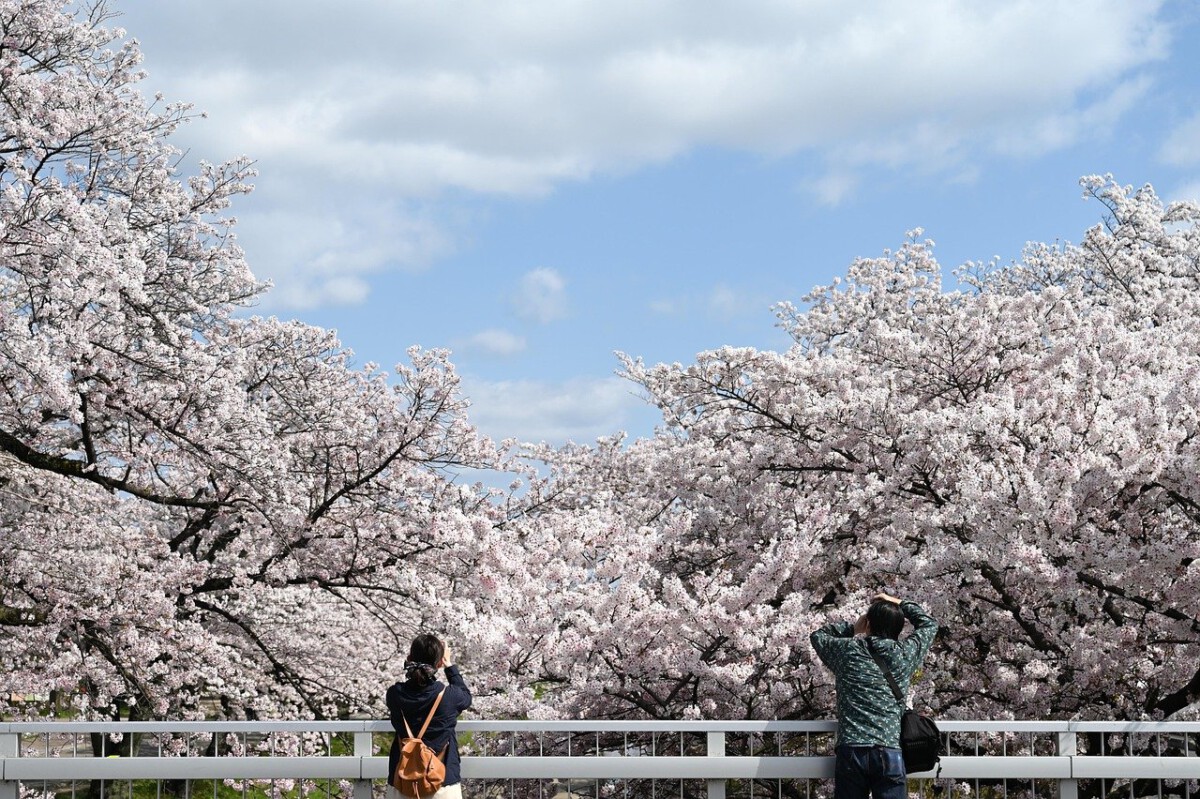Venice, Italy


Venice is a city that seems to float like a dream, but for many locals, the crowds have turned that dream into a nightmare. After introducing a tourist tax in 2025, frustrations have only grown as residents feel their daily routines are constantly disrupted by visitors. According to the Venice Tourism Board, 70% of locals now believe tourism has a negative effect on their quality of life. Narrow streets get packed, and even taking a simple walk can be a challenge when every corner feels like a parade. Some shops and restaurants have started to show clear signs of indifference toward tourists, serving them quickly and without much warmth. Locals have organized protests, demanding more sustainable tourism and better respect for their city. Parts of Venice are now restricted, especially during high season, making it even harder for tourists to feel truly welcome. The tension in the air is obvious, and it’s hard not to notice the uneasy glances exchanged between visitors and residents.
Dubrovnik, Croatia


Dubrovnik’s Old Town sparkles on postcards, but the atmosphere on its cobblestone streets has shifted. In 2025, the city started limiting the number of tourists allowed into the Old Town each day, trying to protect its UNESCO status and give locals some breathing room. The University of Dubrovnik reports that 65% of residents feel overwhelmed and believe tourism has changed their way of life for the worse. Tourists often find themselves waiting in long lines, and sometimes their presence isn’t exactly greeted with open arms. Local shops and restaurants may prioritize high-spending visitors, leaving residents feeling sidelined and even resentful. Complaints about noise and crowds are common, especially during the afternoon tourist rush. Many locals feel pushed out of their own neighborhoods as more apartments are turned into short-term rentals. The city’s struggle to balance economic benefits with everyday life continues, and it’s clear that visitors can sense the strain.
Barcelona, Spain


Barcelona’s colorful streets and beaches draw millions every year, but not everyone feels like celebrating. The city council shared that Barcelona hosted over 30 million tourists last year, causing major stress on housing, transportation, and public spaces. A recent survey revealed that 80% of locals think their neighborhoods have become less enjoyable because of the tourist surge. The famous La Rambla, once a gathering spot for locals, is now packed with souvenir stands and selfie sticks. Many Barcelonans feel their traditions are being overshadowed by endless commercial ventures catering to outsiders. The city has cracked down on short-term rentals to slow down the tide, but tension lingers in the air. Visitors sometimes get cool receptions in residential neighborhoods, where patience for outsiders has worn thin. The city’s search for a workable solution is ongoing, but for now, the sense of being unwelcome is hard to miss.
Machu Picchu, Peru


Machu Picchu’s misty ruins are a bucket-list destination, but the magic comes with a price. In 2025, the Peruvian government put stricter limits on daily visitors, hoping to protect the fragile site from damage and pollution. Local communities have voiced their concerns, as reported by the Peruvian Ministry of Culture, with 75% believing tourism is harming their environment. Rubbish and traffic have increased, and some residents worry their culture is being sold off piece by piece. Tourists also face a maze of restrictions, from expensive entrance fees to time limits at the ruins, sometimes leaving them feeling more like intruders than guests. Efforts to preserve heritage can make the experience feel less welcoming and more regulated. The push and pull between protecting history and pleasing visitors is deeply felt here. For many locals, the burden of crowds outweighs the benefits, creating a noticeable chill in the air.
Santorini, Greece


Santorini’s white-washed houses and blue domes are world-famous, but the island’s charm is being tested like never before. In 2025, the island struggled with over 2 million annual tourists, far more than its infrastructure can comfortably handle. Locals have grown weary, with 68% telling the Santorini Chamber of Commerce that tourism has made life harder for them. Streets and alleys are often clogged, and in some villages, locals avoid busy spots altogether when cruise ships dock. Many restaurants and shops now cater almost solely to tourists, leaving residents feeling like strangers in their own home. Authentic traditions are sometimes pushed aside to make room for what sells well to visitors. Tourists report that locals can be curt or even avoid conversation altogether. Despite ongoing efforts to create a balance, the feeling of being less than welcome is impossible to ignore.
Bali, Indonesia


Bali’s lush landscapes and vibrant culture have drawn millions, but the island is reaching a breaking point. In 2025, over 6 million tourists visited, according to local authorities, and the effects have been dramatic. The Bali Tourism Board found that 72% of locals feel their community has been negatively affected by tourism. Rising prices and traffic jams are now everyday headaches for residents. Traditional ceremonies and temples are sometimes overrun with visitors, making it hard for locals to keep their customs alive. Some Balinese feel their identity is being packaged and sold, rather than respected and preserved. Tourists may find themselves in overcrowded spots, feeling more like part of a herd than an honored guest. The clash between modern tourism and age-old traditions is clear, and the welcome isn’t as warm as it once was.
Amsterdam, Netherlands


Amsterdam’s canals and quirky spirit are legendary, but the city’s patience with tourists is wearing thin. In 2025, 20 million visitors poured in, according to the Amsterdam Municipality, putting enormous pressure on housing and public spaces. Three out of four locals say tourism has hurt their quality of life, with noise and rowdiness topping the list of complaints. In some neighborhoods, residents have launched campaigns urging tourists to “stay away” or behave more respectfully. The famous Red Light District now has stricter rules, and some bars and coffee shops are less welcoming to obvious outsiders. Tourists can face long waits and crowded attractions, and sometimes a notable lack of friendliness from service staff. Many locals wish for a return to quieter times, and their frustration is easy to sense. The city is searching for solutions, but the unease between hosts and guests continues.
Paris, France


Paris is dreamy on postcards, but the reality in 2025 is more complicated. With over 38 million annual visitors, the city often feels packed to the brim. According to the Paris Tourism Office, 70% of residents report that tourism has made daily life more difficult. Locals grumble about clogged sidewalks, noisy crowds, and shops that now cater almost exclusively to foreigners. The city has taken steps to promote sustainability, but the pressure remains high. Some neighborhoods, especially outside the main tourist zones, show clear signs of tourist fatigue, with shopkeepers and café staff becoming less patient with non-French speakers. Visitors can expect long waits at major attractions and sometimes chilly interactions with locals. The city’s charm is still there, but it’s now mixed with a sense of exhaustion.
Kyoto, Japan


Kyoto’s tranquil temples and ancient streets are under siege from their own popularity. In 2025, the city welcomed a record number of tourists, and locals are feeling the crunch. The Kyoto City Council found that 65% of residents believe tourism has negatively changed their community. Some areas have introduced fees and restrictions on visitors, hoping to keep crowds in check. Locals sometimes avoid popular spots altogether, and there are complaints that traditional customs are being eroded. Tourists may find that hospitality isn’t as warm as expected, especially in smaller neighborhoods. Authentic experiences are harder to find, replaced by commercialized versions aimed at outsiders. The struggle to preserve Kyoto’s unique character while accommodating millions of visitors is ongoing.
Phuket, Thailand


Phuket’s beaches are world-renowned, but the island’s relationship with tourists has soured. In 2025, local authorities tallied over 10 million visitors, creating major environmental and social challenges. The Phuket Tourism Authority reports that 70% of locals now believe tourism is damaging their quality of life. Beaches are crowded, and rising prices make it tough for residents to afford everyday goods. Traditional festivals and customs are sometimes pushed aside to make room for tourist-oriented events. Many locals feel that their voices are drowned out by the demands of the tourism industry. Visitors can experience crowded streets and less-than-friendly service in busy areas. Despite ongoing campaigns for responsible tourism, the sense of being unwelcome lingers.


